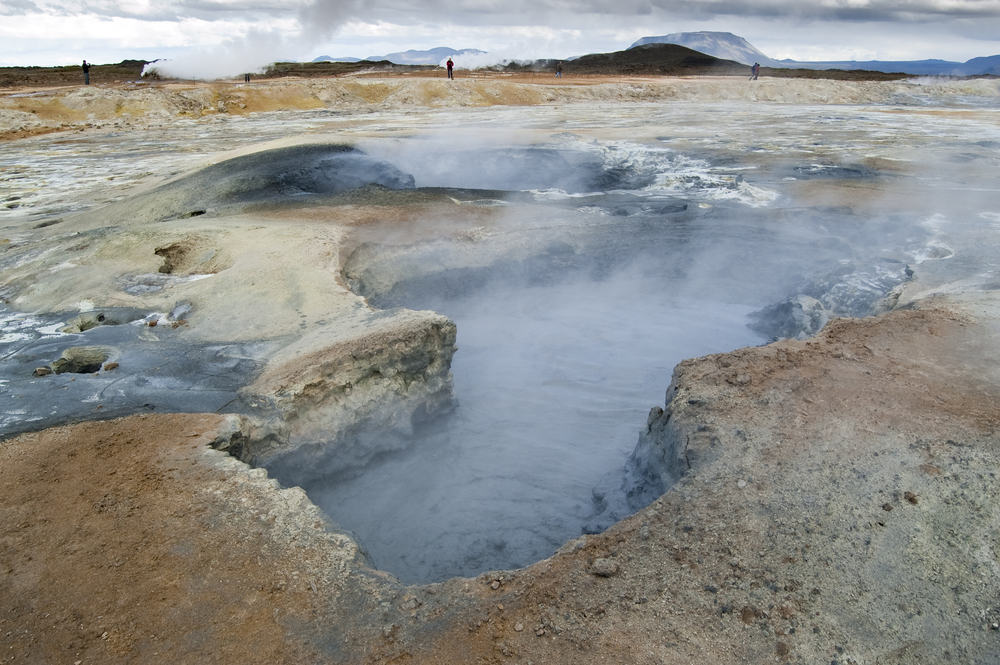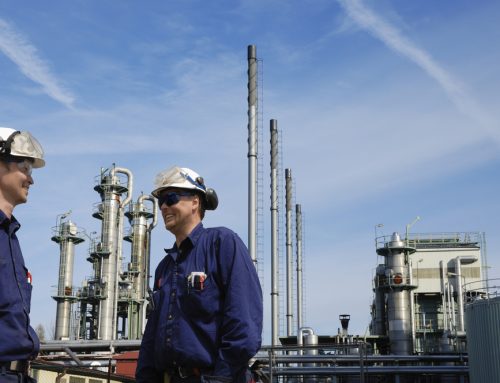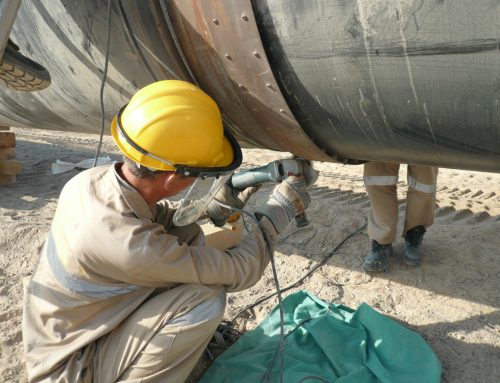There are plenty of hazards in industrial settings and some residential settings and one of them is definitely exposure to significant levels of H2S. This is a gas which is also referred to as hydrogen sulfide and it’s important to act quickly and properly when exposure does occur. Today, we’re going to give you some pointers on how to ensure correct safety training by putting the right response plan into place.
Safety training tips for H2S exposure are centred on knowing the risks. It’s important to understand what this gas does, where it is found and how to detect it. Today, we’re going to share tips which help you to devise the right safety training guidelines and processes. Exposure is common in the petroleum niche of industry. However, H2S exposure can also occur in other industrial operations.
Why Is H2S Exposure Harmful?
When exposure from 10 to 500 ppm is experienced, adults may suffer from severe respiratory problems. As well, the health of a range of internal organs may be negatively impacted. Damage to organs may be short-term or last forever. Clearly, this gas causes serious side effects and diseases in many people who are exposed and these terrible side effects are an important reason to create safety training guidelines which minimize or eliminate the risk.
First of all, you should practice prevention. This means investing in hand-held detection devices which measure hydrogen sulfide levels. This type of device will detect acute exposure and it should be manufactured according to OSSA standards. Acute exposure is dangerous. Exposure to lower levels over the long-term may or may not be harmful. Clinical studies have yet to pinpoint exactly what chronic, low-level exposure does to the human body. You’ll find that devices which detect H2S have limits of one ppm. Due to this limitation, these devices are not perfect. However, they are the first line of defense against prolonged exposure to this gas.
Hydrogen sulfide is very flammable. It will explode and it needs to be handled with care. When it burns, it creates another harmful gas, sulfur dioxide. One vital safety tip to be aware of is that exposure to the liquid form of this compound is dangerous. If garments are exposed to this liquid form, it’s important to take off the clothing and then put it somewhere safe, where its toxic elements will eventually evaporate.
Hopefully, this quick guide has given you some insight into the risks associated with H2S.
H2S Alive Safety Training
Metalcare is the preferred provider of H2S safety training in the Fort McMurray area for workers in the petroleum industry. Learn more about our H2S Alive course certified by Enform.





